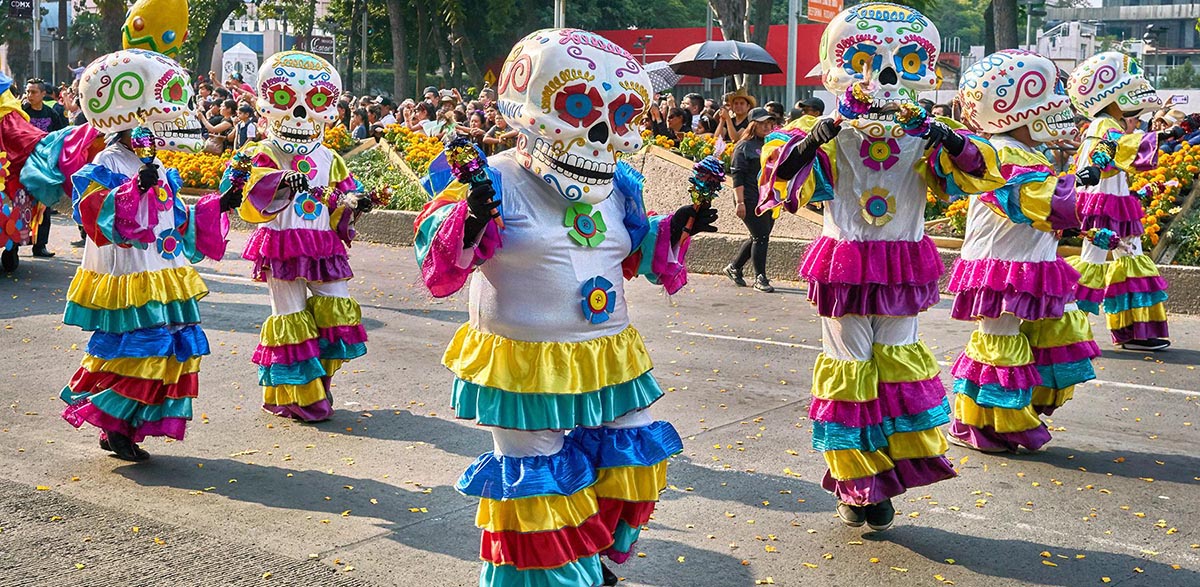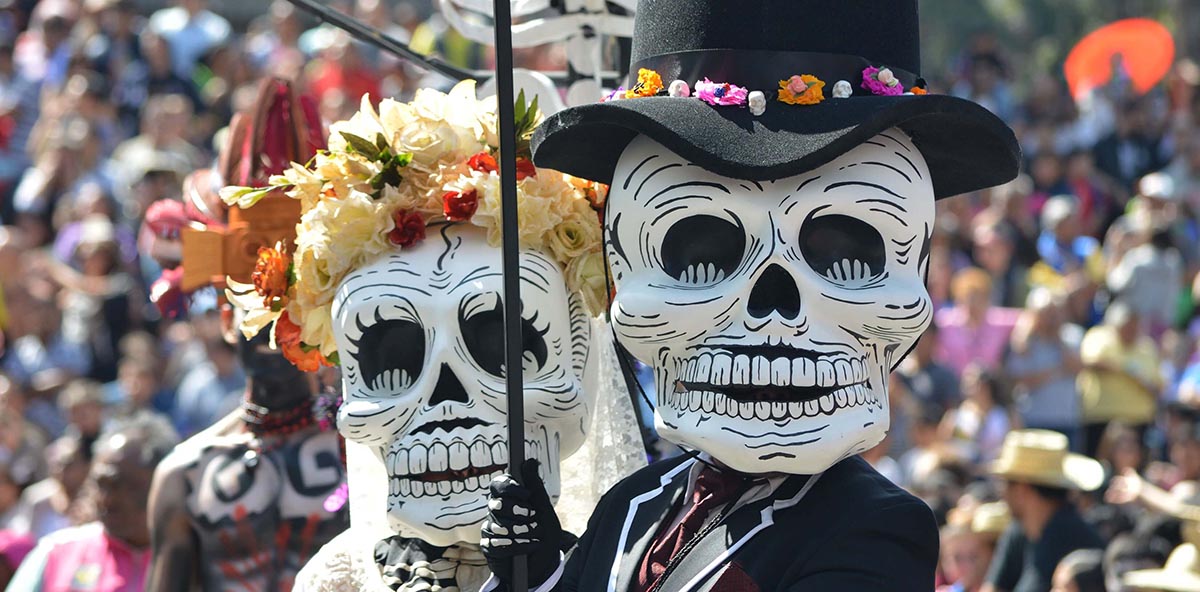
Mexico is the country with the greatest cultural diversity in America, so it has a sea of interesting and curious traditions. Some are very old, others come from the time of Spanish colonization and others are directly the product of the cultural syncretism that happened thereafter.
Today, then, Mexican traditions that you should know if it is in your plans to go to Mexico.
Day of the Dead
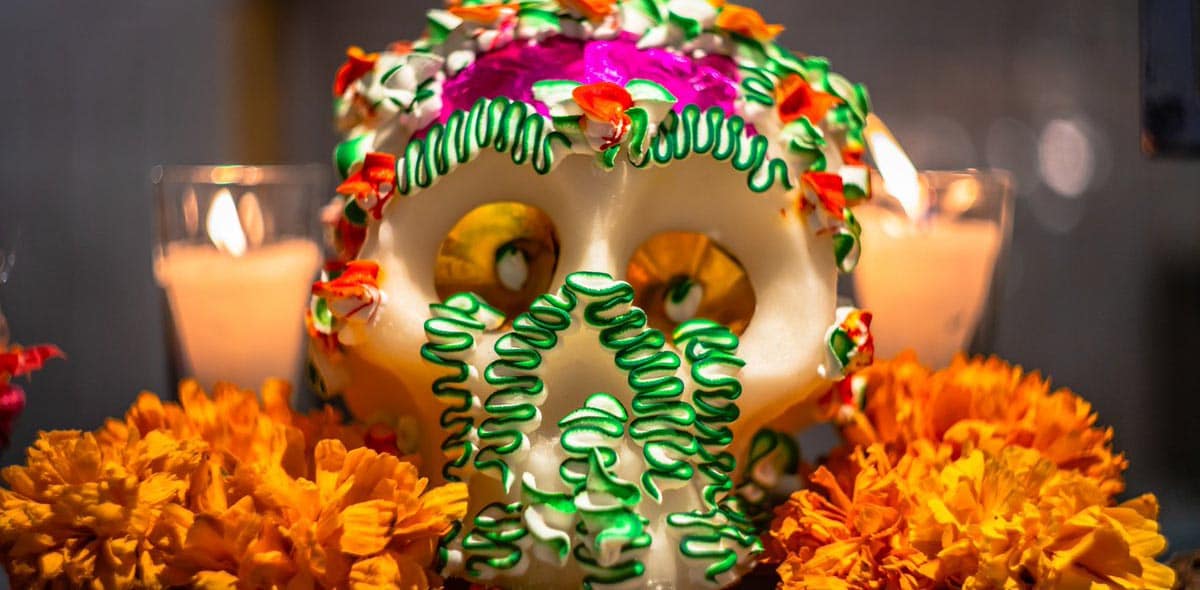
This is one of the best known Mexican traditions. Who did not see the movie Coco? Many cultures have a party to remember the dead, or a particular way of doing it, but in the case of Mexicans, this celebration is a very important one on their calendar.
The day of the Dead falls on November 1 and 2 each year. It is one of the festivals that arises from Christian holidays, specifically the Day of the All Souls and All Saints' Day. Before the arrival of the Spanish, the local cultures, the Mexica, the Tehoticuana, the Nahuas, honored their dead, but the arrival of the Europeans introduced the same and the result is what we know today as the Day of the Dead.
Then, the streets of every city, town and Mexican house explode with color. The idea of this moment is remember those who died and although variations according to the region where the spirit is celebrated is the same.
What do you do this day? We visit the cemetery and the grave of our relativesThey are decorated with flowers and an altar is built for them to visit us. Here are offerings, sweet skulls with the name of the dead person written on it, the bread of the dead that is sweet and has different figures, with anise and sugar, sometimes in the shape of bones, flowers, portraits, purple candles, crosses, tacha pumpkins (They are so called because the mold in which they are made is called a can), confetti, incense, water, alcohol and sometimes, depending on the site, flower arches.
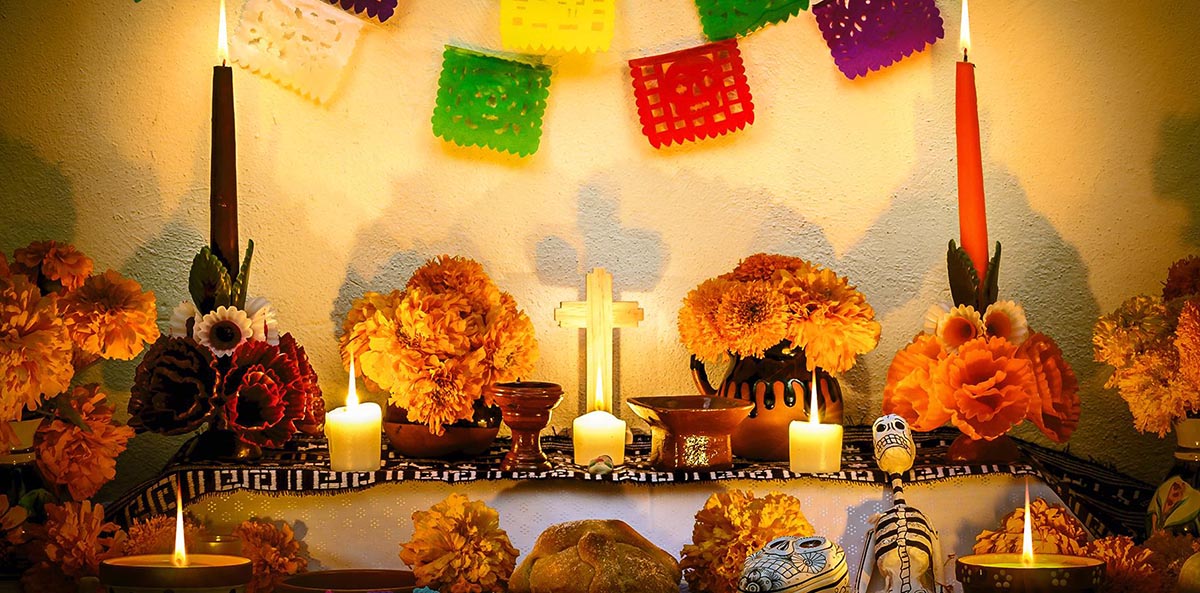
Pumpkins deserve a little section because they are a very traditional vegetable in Mexico and in pre-Hispanic America in general. Along with corn, chili and beans, the whole plant is used a lot. The pumpkin in a container is the one that is presented on the altar and has its origins in that it was previously cooked in an element used in the mills to make sugar. Nowadays the skulls sometimes include chocolate, amaranth and others and are sold in the markets.
Naps

Obviously this custom it is not unique to MexicoOutside the big cities in many parts of Latin America the custom of taking a nap is well established. A siesta is a must after noon and in countries like this shops tend to close their doors, so it is good to know so as not to linger around.
The siesta is very common in towns where it is very hot and the midday sun is tremendous. Then, people go back to their house, doors and windows are closed and the heat is tried not to enter.
National Festival of San Marcos
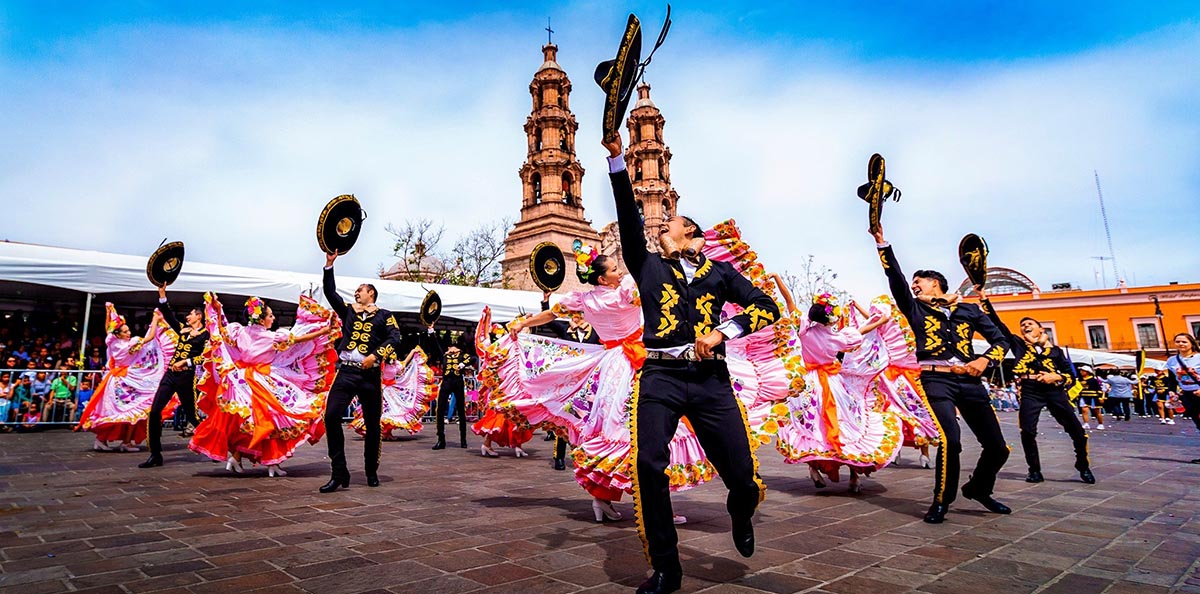
It is one of the most important and oldest fairs in the country and takes place in Aguascalientes, between April and May. It was born as a typical farmers and ranchers fair but today it is much more. There are sports, culture, typical gastronomy… All in an area of more than 90 hectares.
San Marcos Island is the most important attraction, the magnet for families. It is a green area, with an artificial lake where the National Charro Championship takes place and there are various concerts and exhibitions.
Feast of Santa Cecilia
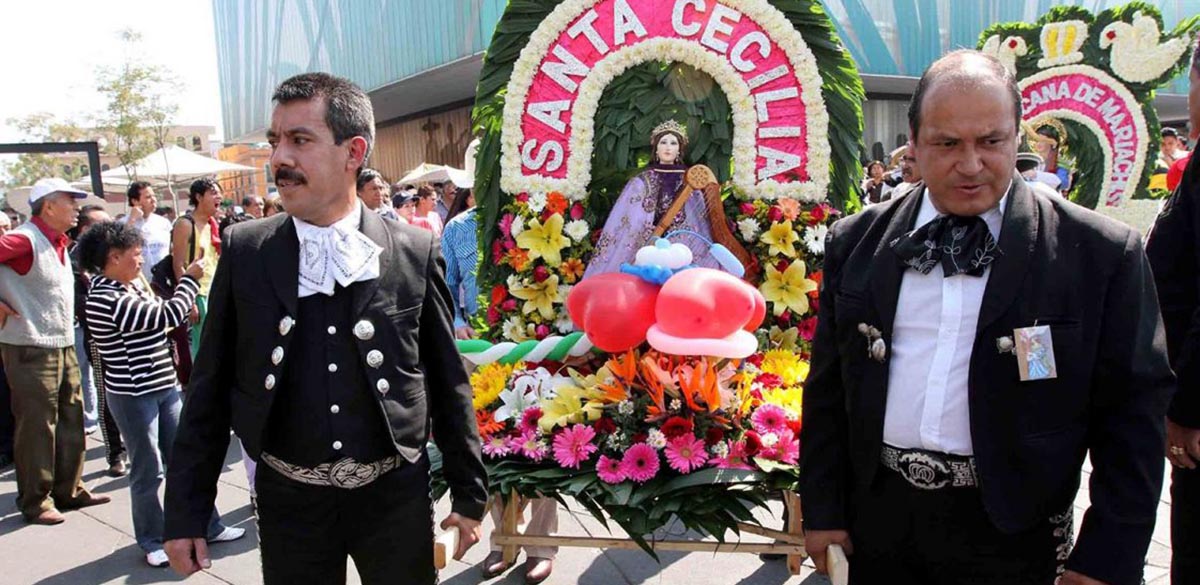
Santa Cecilia is the patron saint of musicians so every November 22th with many activities. Each town or city organizes its own parties and the musicians sing mornings and there are different concerts. The truth is, if you are curious about Mexican music, it is an ideal party.
One of the most popular parties takes place in Plaza Giribaldi, in Mexico City, where musicians of many genres gather, mariachis included
Veracruz Carnival
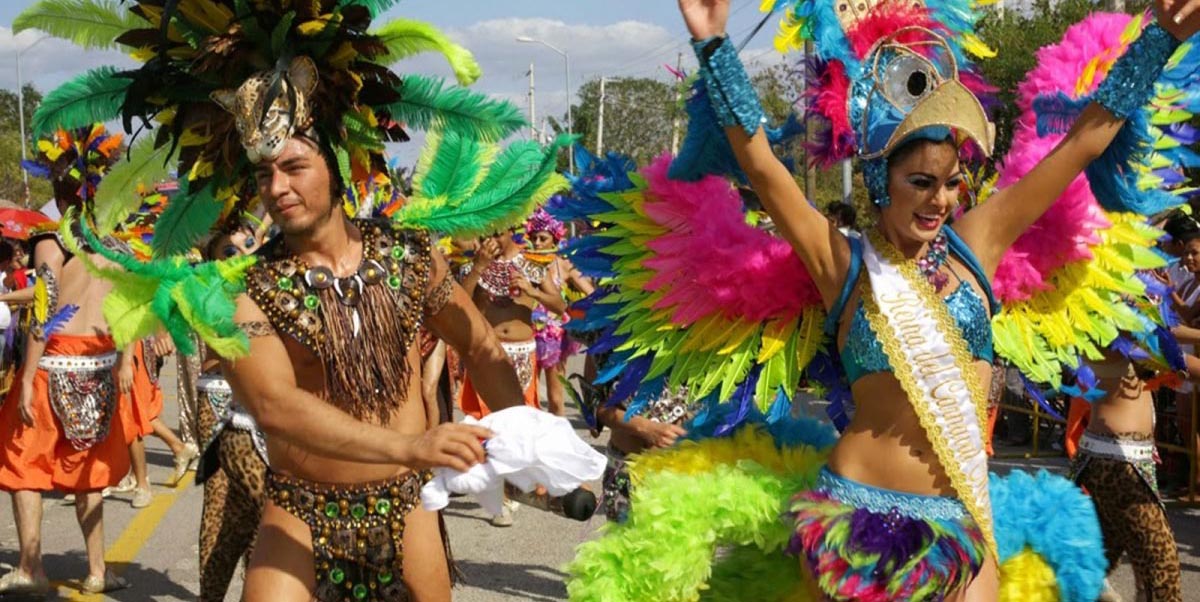
It is one of the most famous carnivals in Latin America after the one in Rio de Janeiro. The carnivals last nine days in pure color. There are parades and floats uniquely and strikingly decorated, costumed dancers, and includes the Burning of Bad Humor, which kicks off the festivities, and at the end, the election of the carnival kings.
The last day the funeral of Juan Carnival takes place.
eastern

Holy Week is a worldwide Christian holiday and Mexico is very Catholic so it is celebrated a lot. Beyond being a Christian holiday it's a national holiday, as in other countries, so other activities such as school are suspended.
It is a period of short vacations and families and friends sometimes take the opportunity to go, for example, to the Riviera Maya.
Día de la Independencia
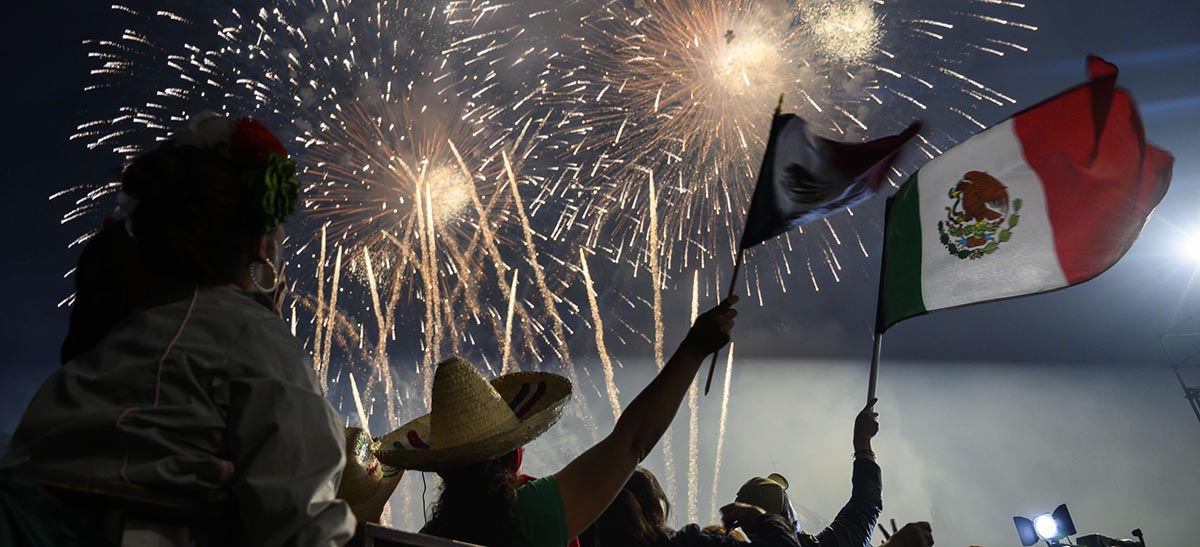
Mexican Independence Day is the September 16. September is actually the month of the nation. The night of September 15 people gather in the zócalo, the main square of each city, or in their homes, and if they are around the world it is also a night of meeting between expatriates.
The most important moment of the night is the famous Scream of Independence that simulates the one made by Father Hidalgo on September 16, 1810. Every year the president has to do it and it is replicated in every city and town in the country.
Day of the Virgin of Guadalupe
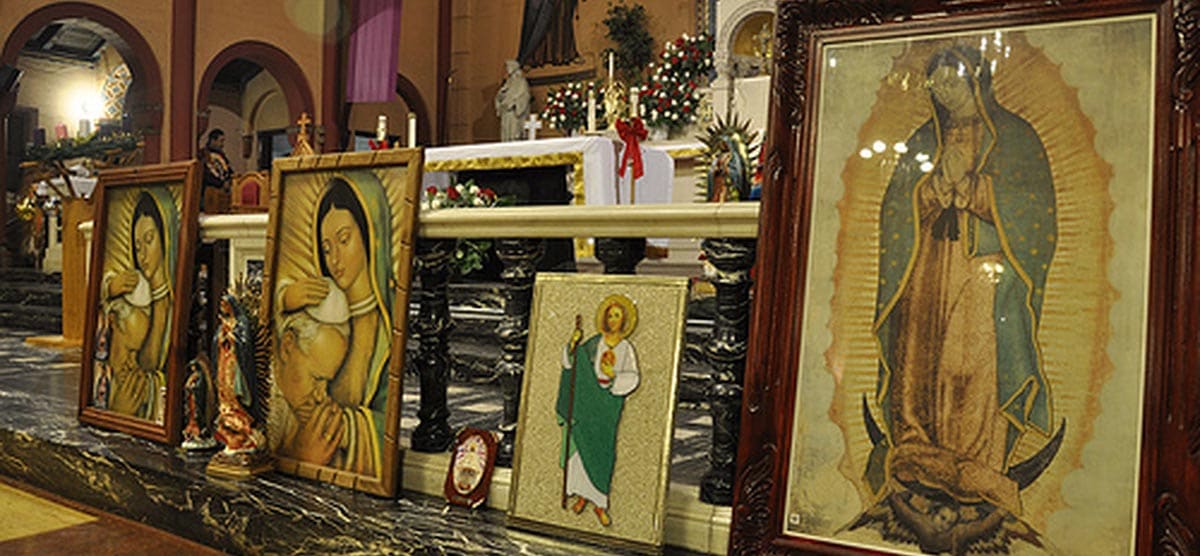
The celebrations begin in December and are known as the Guadalupe Marathon - Reyes. Everything begins on December 11 at 6:45 pm, with serenades, at 12 o'clock musicians and artists sing las mañanitas a la virgen.
On December 12, which is the day of the last apparition of the virgin to San Juan Diego on the Tepeyac hill, the churches and parishes are filled with visitors, there are massive masses and thousands they make a pilgrimage to the Basilica of Guadalupe in Mexico City.
The inns
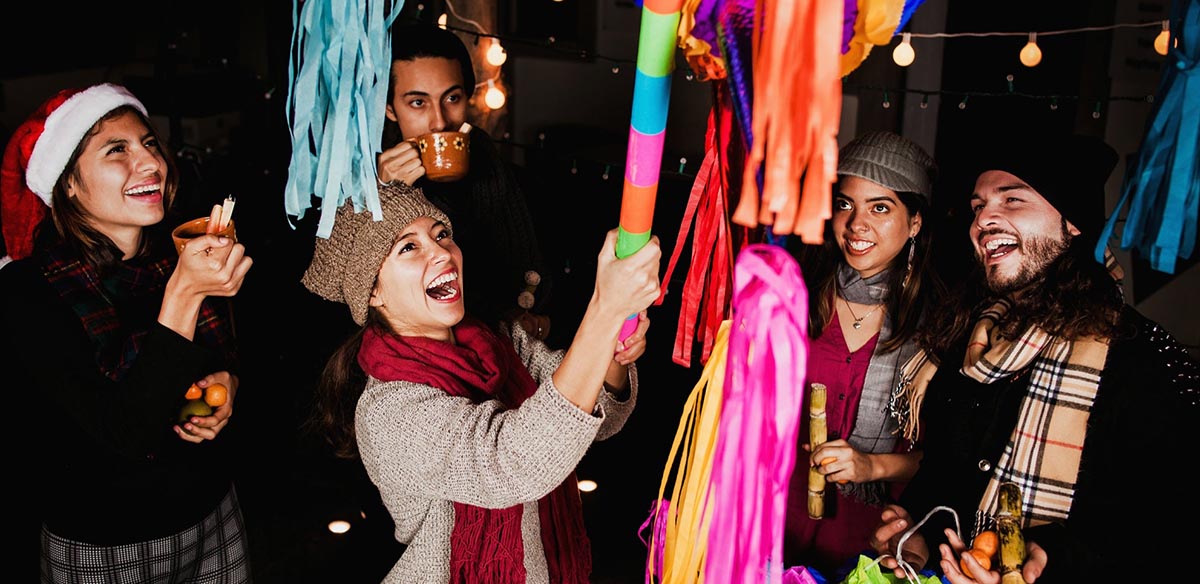
These festivals also take place in December and are from most beautiful mexican traditions. Last nine days And every day there are different prayers: for humility, for serenity, for detachment, for chastity, trust, purity, joy and generosity.
The custom is that a house is designated to host each prayer and those who live in that house and their neighbors organize everything, food and drink and the breaking of a traditional piñata made with clay or clay and decorated with paper mache.
Christmas, New Year and The Three Wise Men parties
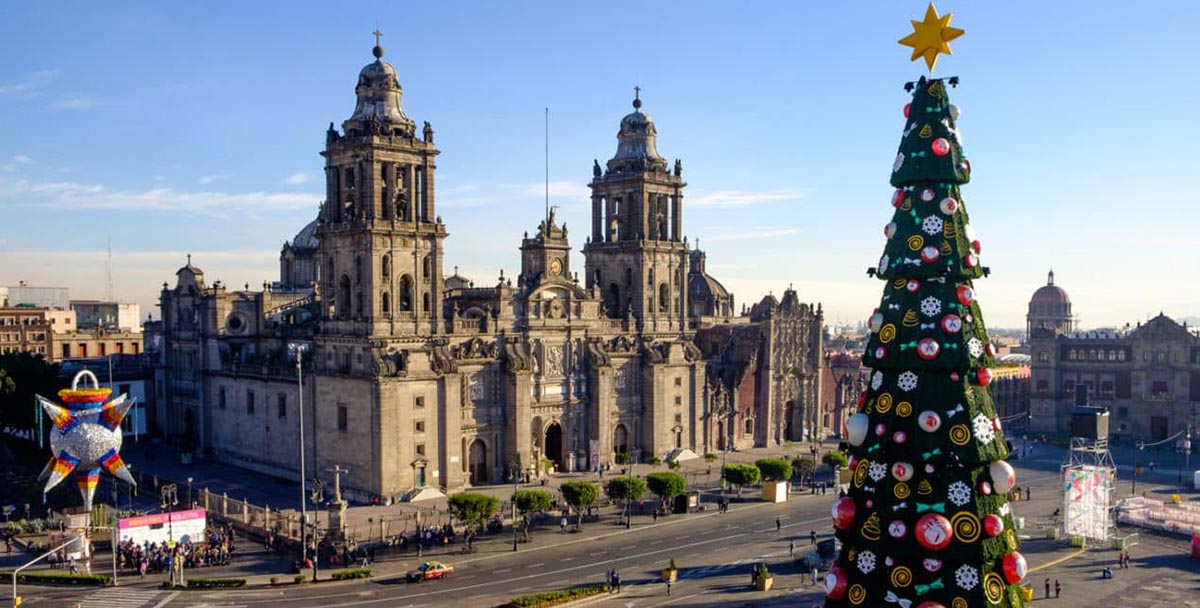
Christmas Eve is an important moment. Sometimes the family gathers or goes to the last inn and celebrates there. There are midnight masses and the manger and the Pastoral, the journey that shepherds make to honor Jesus.
In the New Year there are family and friends gatherings and these customs are usually present: eat 12 grapes, wear colorful underwear (yellow for abundance, red for love, green for health); walk the streets with a suitcase because it's supposed to bring good luck ...
Finally, Epiphany or the Day of the Three Wise Men is celebrated on August 6. The celebration of the Three Kings Day includes eating a rosca de reyes, a cup of hot chocolate ...
These are just some of the most popular Mexican traditions. There are others such as Cinco de Mayo, the bullfight, the Veracruz carnival, the Alebrijes Parade, the famous Parachicos dance in Chiapas or the Papantla Voladores, just to name a few of the many popular cultural events in a town with so much diversity and wealth.
